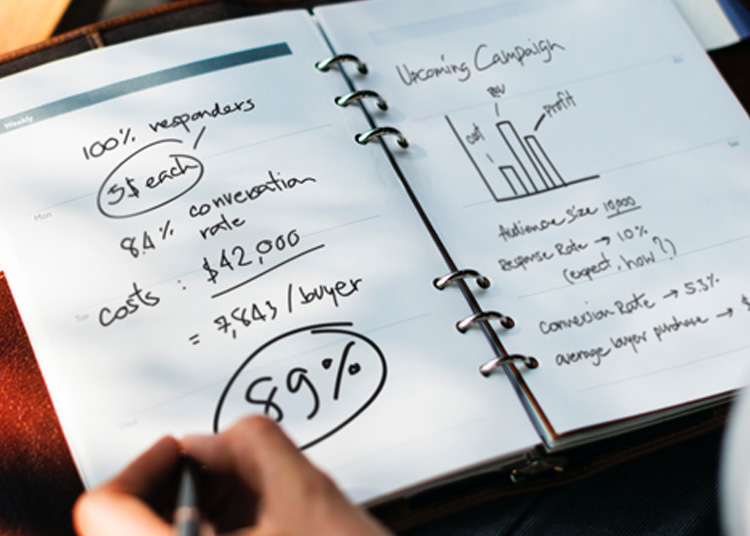Warren Buffett, one of the world’s most successful investors, follows a disciplined approach to evaluating and selecting companies for investment. Here are 10 key investment metrics that Buffett often uses:
1. Price-to-Earnings (P/E) Ratio:
- This ratio compares a company’s stock price to its earnings per share (EPS). A lower P/E can indicate that the stock is undervalued, while a higher P/E might signal overvaluation.
2. Price-to-Book (P/B) Ratio:
- The P/B ratio compares the market price of a stock to its book value (assets minus liabilities). Buffett often looks for companies with a P/B ratio below 1, suggesting they are trading for less than their intrinsic value.
3. Return on Equity (ROE):
- ROE measures a company’s profitability by showing how much profit it generates with the money shareholders have invested. Buffett prefers companies with consistent and high ROE, indicating efficient use of equity.
4. Return on Invested Capital (ROIC):
- ROIC shows how effectively a company uses its capital to generate returns. Companies with high ROIC tend to have strong competitive advantages, which Buffett values highly.
5. Debt-to-Equity Ratio:
- This ratio compares a company’s total debt to its shareholders’ equity. Buffett prefers companies with low debt levels, indicating financial stability and lower risk during downturns.
6. Free Cash Flow (FCF):
- FCF represents the cash a company generates after accounting for capital expenditures. Buffett focuses on companies with strong and growing free cash flow, which allows for reinvestment, dividend payments, or share buybacks.
7. Operating Margin:
- The operating margin measures a company’s efficiency by comparing operating income to revenue. A high and stable margin indicates a company is managing its costs well and has pricing power in its industry.
8. Earnings Per Share (EPS) Growth:
- Buffett looks for companies with consistent and growing earnings per share over time. Sustainable EPS growth indicates a company’s ability to generate long-term profits.
9. Intrinsic Value:
- Buffett calculates a company’s intrinsic value by estimating the future cash flows and discounting them back to present value. If a company’s stock price is below its intrinsic value, it may be a good buying opportunity.
10. Economic Moat:
- An economic moat refers to a company’s long-term competitive advantage that protects it from competitors. Buffett favors companies with strong moats, such as brand power, cost advantages, or network effects, as they are more likely to sustain profitability.
These metrics help Buffett identify financially strong companies with competitive advantages, solid earnings potential, and reasonable valuations, ensuring long-term success for his investments.
—
Here is another list of factors for reviewing a small businesses for investment as an investor:
- The man (the management team), personal backgrounds, history is a predictor of future actions
- The team that executes (organization strength)
- The plan (how to achieve it), financial clear and strong business case needed
- The opportunity
- Business model (how and where to make money), recurring revenu check, cashflow generation
- Traction (revenue already gained – shows impact, secured distribution, partners, etc.)
- Growth market (growing market)
- Profit level (margins, the P&L review after an NDA)
- Total addressable market (big enough market) (TAM)
- Uniqueness (special) (moat)
- If it fits your interest, portfolio and industry area as an investor
Was this article helpful?
YesNo






